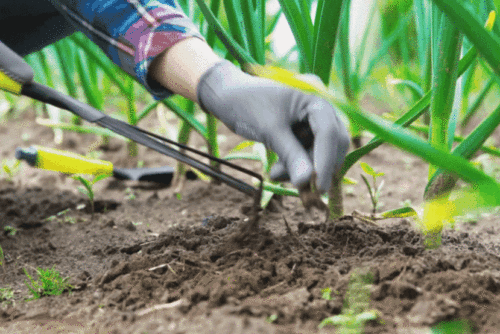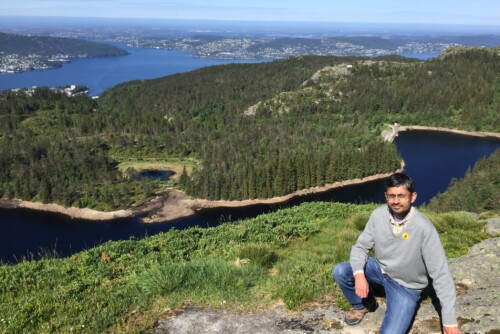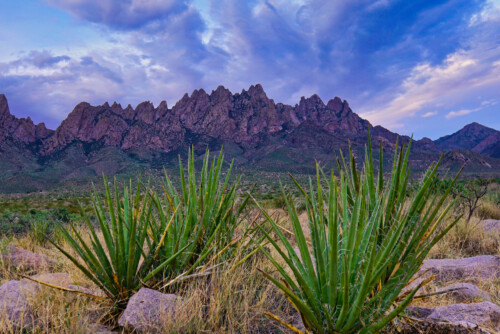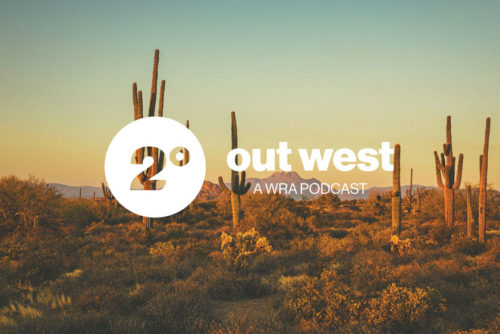While Western states are among the driest in the country, irrigated turf – think lush, green lawns – has been ubiquitous in many communities across the region, from front yards to sprawling office parks to roadway medians. Much of this grass is not used but requires a large amount of water. In fact, outdoor landscape irrigation makes up roughly half of urban water use in the West.
Switching out unused turf for waterwise alternatives would save significant amounts of water and make communities more resilient to the impacts of climate change. This landscaping is beautiful as well as practical, using native plants and grasses to reflect the natural splendor of our region.
Driving Turf Replacement Policies at the Local and State Levels
In 2022, WRA helped develop legislation creating the first statewide turf replacement program in Colorado and advocated for a similar program in Utah. These voluntary programs will help ensure property owners in the state can access financial resources to help replace their lawns with drought-tolerant, sustainable alternatives.
We’re also supporting municipalities, like the City of Aurora in Colorado, with implementation of effective local water-saving ordinances that meet their unique needs, such as restricting water intensive lawns in new developments. This builds on WRA’s years of work helping municipalities integrate water into land use planning, ensuring that growth and development are efficient and water smart.
What’s Next for Landscape Transformation in the West?
Western communities need to do more – and faster – to improve their water security through expanding turf replacement programs, limiting unused turf in new developments, and promoting waterwise landscaping. WRA has been instrumental in supporting local governments by:
- Expanding additional local lawn replacement policies and programs while increasing funding for current statewide programs in Colorado and Utah.
- Partnering with municipalities to develop local ordinances and codes and improved land use and water planning to reduce nonfunctional turfgrass in new development and redevelopment.
- Partnering with water utilities to develop and expand grass replacement programs.
- Providing input on state water plans to make sure they include and prioritize grass replacement in urban conservation efforts.
- Encouraging more waterwise training and certification opportunities for landscape and irrigation professionals.

University of Northern Colorado Campus in Greeley, Colorado
The University of Northern Colorado is working with Greeley’s Water Conservation team and WRA to develop a project to replace approximately five acres of non-functional turf grass on a parcel adjacent to the University Center. The current conceptual design – which included input from students – would replace existing turfgrass with low water use grasses and plantings, student art displays, walking paths, seating, and a hammock area. This landscape transformation pilot is part of a broader WRA project, supported by a grant from the Colorado Water Conservation Board, to enable the large-scale replacement of non-essential turf in the state. These kinds of large projects are important because they allow the benefits of turf replacement to scale up beyond individual homes and properties, saving significant amounts of water for communities.
Eagle County’s Beyond Lawn Pilot Program
The Eagle River Watershed Council and Eagle County Conservation District are creating a new turf replacement pilot called the “Beyond Lawn” Water Efficient Landscape Conversion Program to reduce demand for landscape water in Eagle County. This program will offer incentives for property owners to replace irrigated turf, create examples of alternatives to high-water-use grass lawns, and develop educational resources for community members on how to convert and maintain waterwise landscaping. One of the program’s goals is to offer avenues of participation for all community members rather than just wealthier homeowners. WRA is supporting the implementation of this program in several ways, including developing systems and processes, finding additional federal funding opportunities, and planning for a study to analyze water use and savings in Eagle County.
Waterwise Ordinance for New Development in Broomfield, Colorado
In addition to supporting the replacement of existing turf, WRA is working with communities to ensure that they can continue to thrive without putting in new unused high-water-use turfgrass from the start. Broomfield, Colorado, a fast-growing city between Boulder and Denver, is developing a new waterwise landscaping ordinance. Currently, between 60% and 70% of their annual water supply is used outdoors. WRA and our partners at WaterNow Alliance are helping draft a new code for the municipality to reduce outdoor water demand in new development and redevelopment. We will also support stakeholder outreach in Broomfield and work with the community through the adoption process this fall.

The West Needs a Waterwise Future
In addition to doubling down on grass replacement programs and policies across the West, important shifts are needed to ensure success. First, programs need more dedicated funding. Lawn replacement programs, particularly at the municipal level, are incredibly popular and often run out of funding. States, municipalities, and water utilities need to set aside adequate funds for these programs so anyone who is interested can participate and programs can scale to maximize their impact.
In the face of climate change and a growing population, communities across the West must do more to make every drop of water count. Swapping underutilized and high-water-use grass is a key part of the solution, with multiple benefits, from increasing water security and reducing water bills to supporting healthy, flowing rivers. Communities must prioritize creating and growing lawn replacement programs and limiting nonfunctional turf in new development in urban areas to improve their climate resilience and protect water users.








